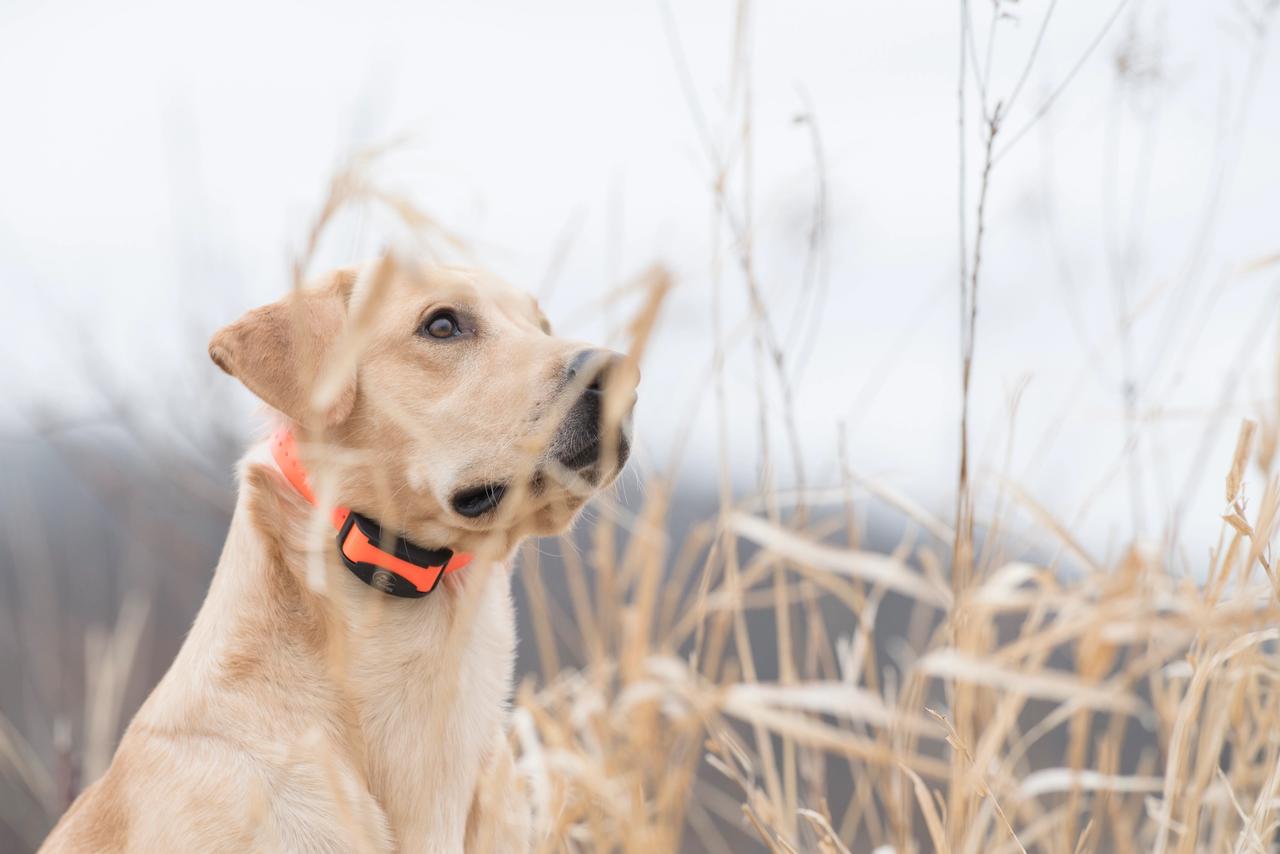
Getting Your Retriever in the Thick of Things
Posted by Rick GrantIf you were gonna go pheasant hunting on a farm where you've never been before, where would you start looking? You'd probably make a beeline for the densest scrub 'cause you know that's where the birds feel safest and are most likely to hang about, right? Well, when you're out with your retriever or other flushing dog hunting, that's where you want him to be spending most of his time, too. If you train with that in mind, you should end up with a dog that's keen on energetically working the thick bush.
In earlier articles about introducing your retriever to upland hunting, I talked a lot about training your dog to hunt within range. For those exercises, the type of cover doesn’t really matter. In fact, you usually start out those exercises in shorter cover where it’s easier to keep an eye on your dog. To ingrain the idea that birds are in the thick scrub, however, you definitely need to train where you have lots of places to hide your training birds.
As soon as a dog is covering ground with confidence, which means he’s using his nose and quartering back and forth with consistency, I make sure that he finds birds only in thick cover. This is different than in the past when I might have mates on each side of the field shouting and waving a bird and then tossing it out in plain sight to get the dog fired up. Now I want that dog using his nose to seek out birds he can’t see. So, I might use the mates again to get the dog’s attention, but they’re just calling the dog over into the thick stuff to look for a bird that they’ve already planted. Once the dog picks up the scent he should be able to find the bird.
Another thing I'll do is take a dog for a walk on a simulated hunt and switch between dense scrub and lighter bush. I'll keep some wing-clipped pigeons in my vest, and when we're in the dense stuff and the dog is working away from me, I'll toss a bird off to the side in the opposite direction. Now when he swings back that way he'll pick up the scent and then find it, again reinforcing the idea that success comes when he hunts the dense scrub.
Another way to encourage a dog to work the scrub while at the same time teaching tracking skills is to plant a shackled pheasant in the scrub ahead of time and then come back with the dog and work toward that area. Hopefully that pheasant has moved off and now when the dog finds the scent he’ll start using his nose to track it down. I like to use hen pheasants for that because they tend to not run as far or fast. A mallard is another good training bird because it will move but not super-fast, and a duck leaves a good, strong scent trail.
I do get heaps of questions about what to do if a dog just isn’t that keen on hunting the scrub or even worse, if a dog wants to walk behind you. This can be tough to handle because there comes a time as a dog matures where if he doesn’t have a passion for birds, you can’t just force it into him. However, if it’s as simple as a dog just not having the confidence to get out and seek game, I’ll work that dog through thinner scrub and then every so often pull out a wing-clipped pigeon and chuck it into the thick stuff. If the dog has any retrieving spirit at all, that should get him fired up enough to chase after it and drag it out of the scrub.
This all really goes back to a very simple concept: Get your young retriever heaps of positive, successful experiences with feathers and live birds at a very young age. A dog that loves the game of seeking and finding feathers should continue to want to play that game no matter where the birds are hiding.
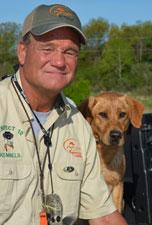
Rick Grant
Fort Atkinson, WI
With his wife Terri, Rick co-owns and operates Perfect 10 Kennel. Their business offers boarding, grooming, and retriever training. They also breed Labrador retrievers. Rick has 30 years of experience in retriever training, participating in everything from field trials to hunt tests to upland hunting competitions.
Related Articles
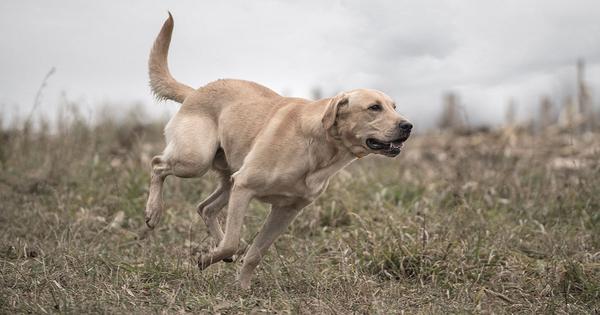
Introducing Your Retriever to Upland Hunting
by Rick Grant
One of the most common questions I'm asked when I'm doing training demos for SportDOG is this one: “How do I keep my retriever hunting within range?” Without a doubt, keeping your dog from getting too far ahead of you when he gets a whiff of a...
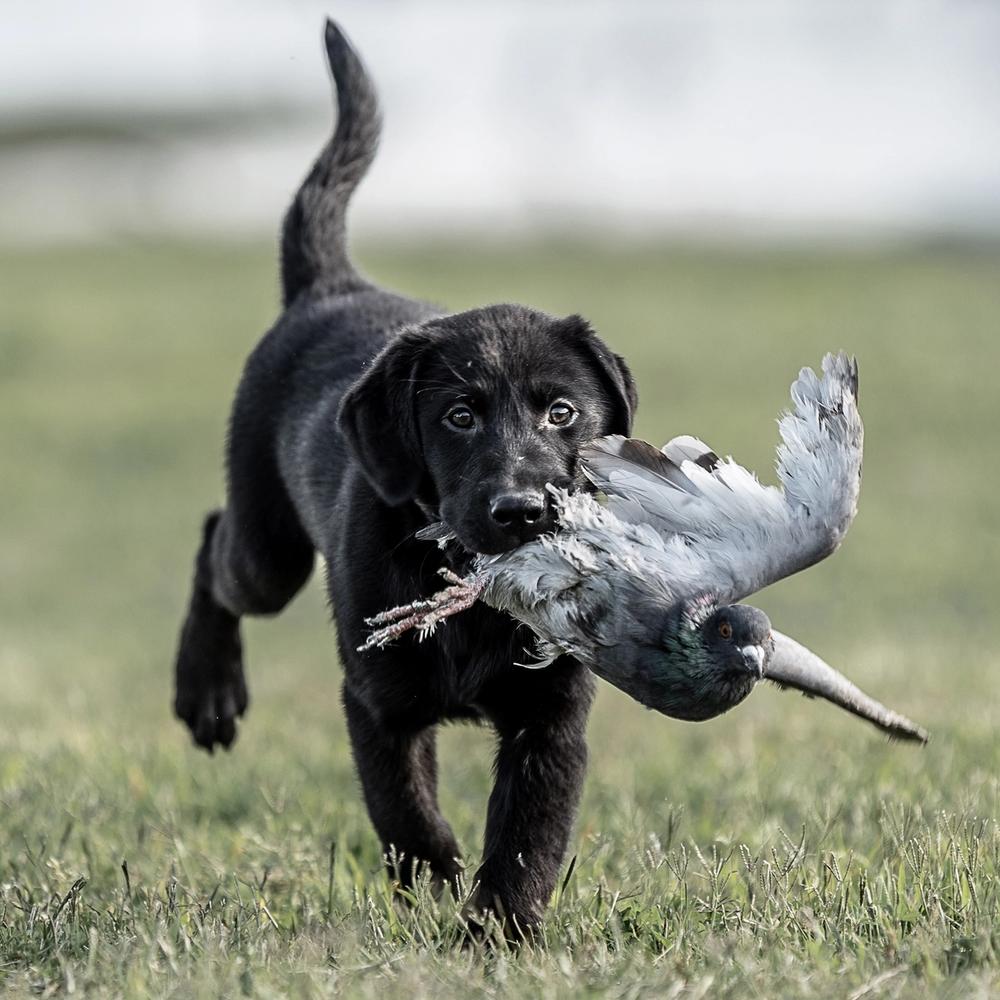
Make Your Upland Retriever Mad for Feathers
by Tom Dokken
There's nothing better than a hard-charging flushing dog that's absolutely crazy for birds. But how do you make sure your young retriever will turn out like that? Here are the steps I use. You can introduce your retriever to feathers when he is very young, say up to 12 weeks....
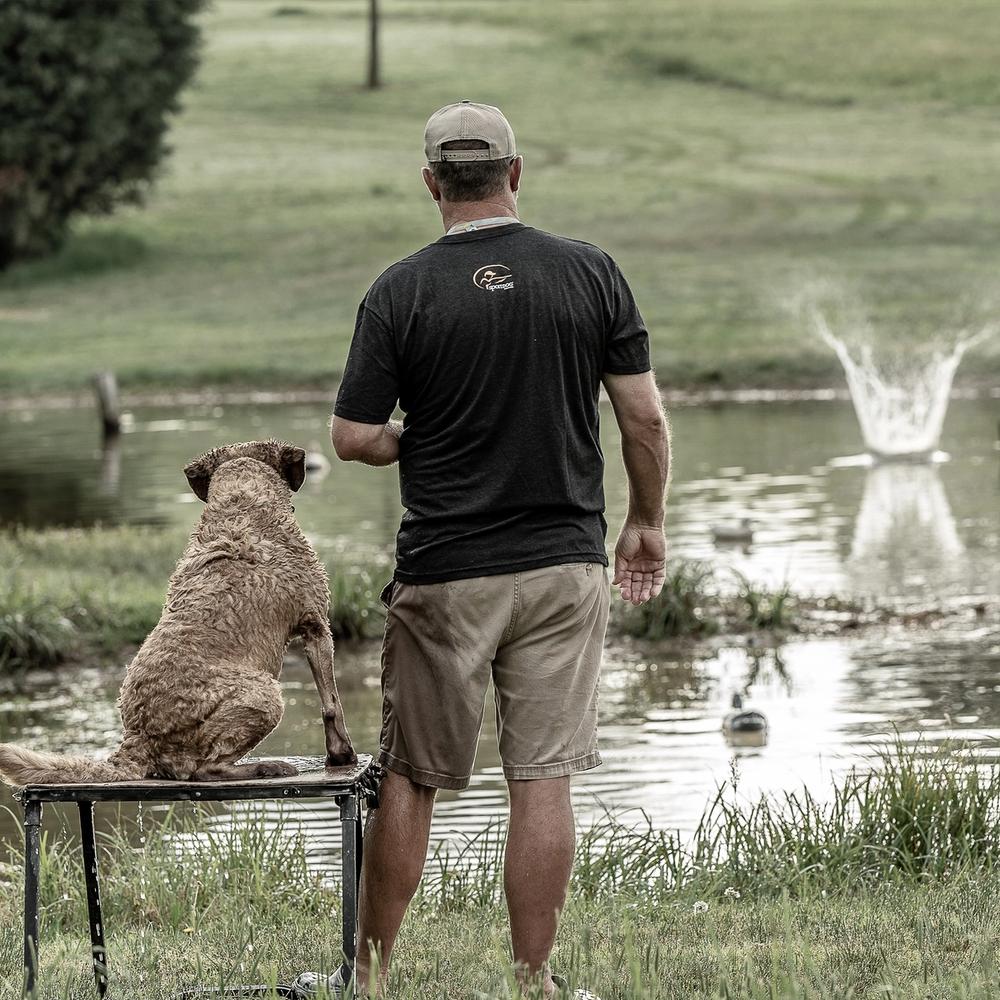
Building a Reliable Retriever
by Tom Dokken
A retriever that stays calm in a duck hide and focuses on watching birds drop is a joy to hunt with. In a perfect world, that's how all retrievers would carry on. While a steady retriever is something that most hunters want, the reality is that very few retrievers are truly...
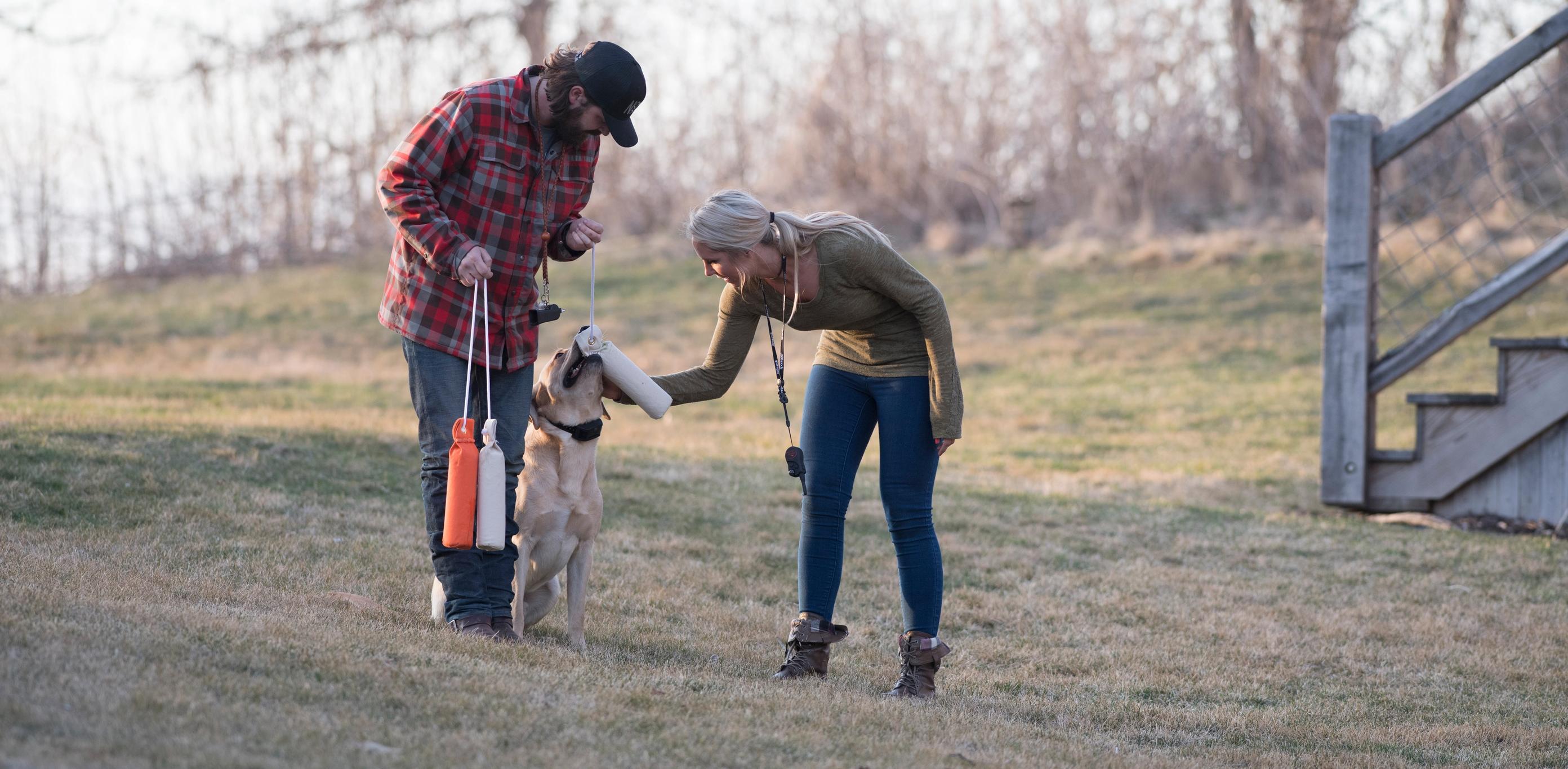
Keeping the Fun in Retriever Training
by Ethan Kimmince
Wouldn’t it be nice in the middle of a rough day if someone stopped by and said a few words that made all your worries disappear? Straight away your negative feelings would vanish and you’d be happy. Well, in retriever training, there’s something that can have that effect on...
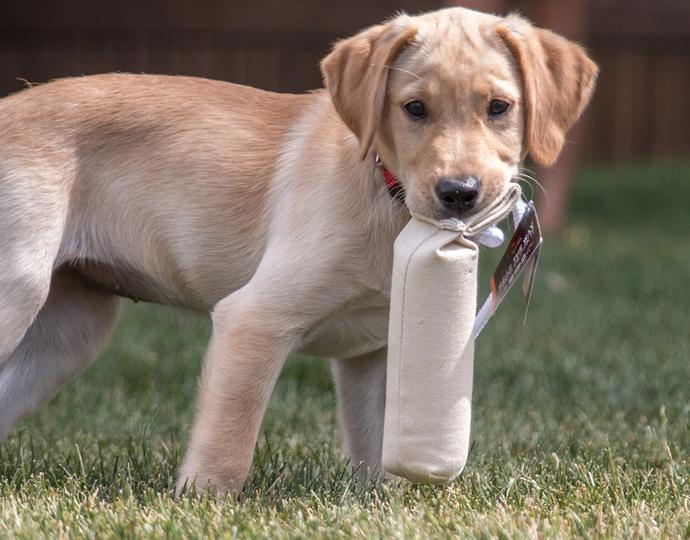
Training Your Retriever with Dummies
by The SportDOG Staff
Training a retriever can be one of the most rewarding experiences any hunter can have. There are no secrets involved: just patience, repetition, perseverance, consistency and the ability to anticipate reaction. In short, the trainer needs to be just a little smarter than his pupil. This is not always as...
